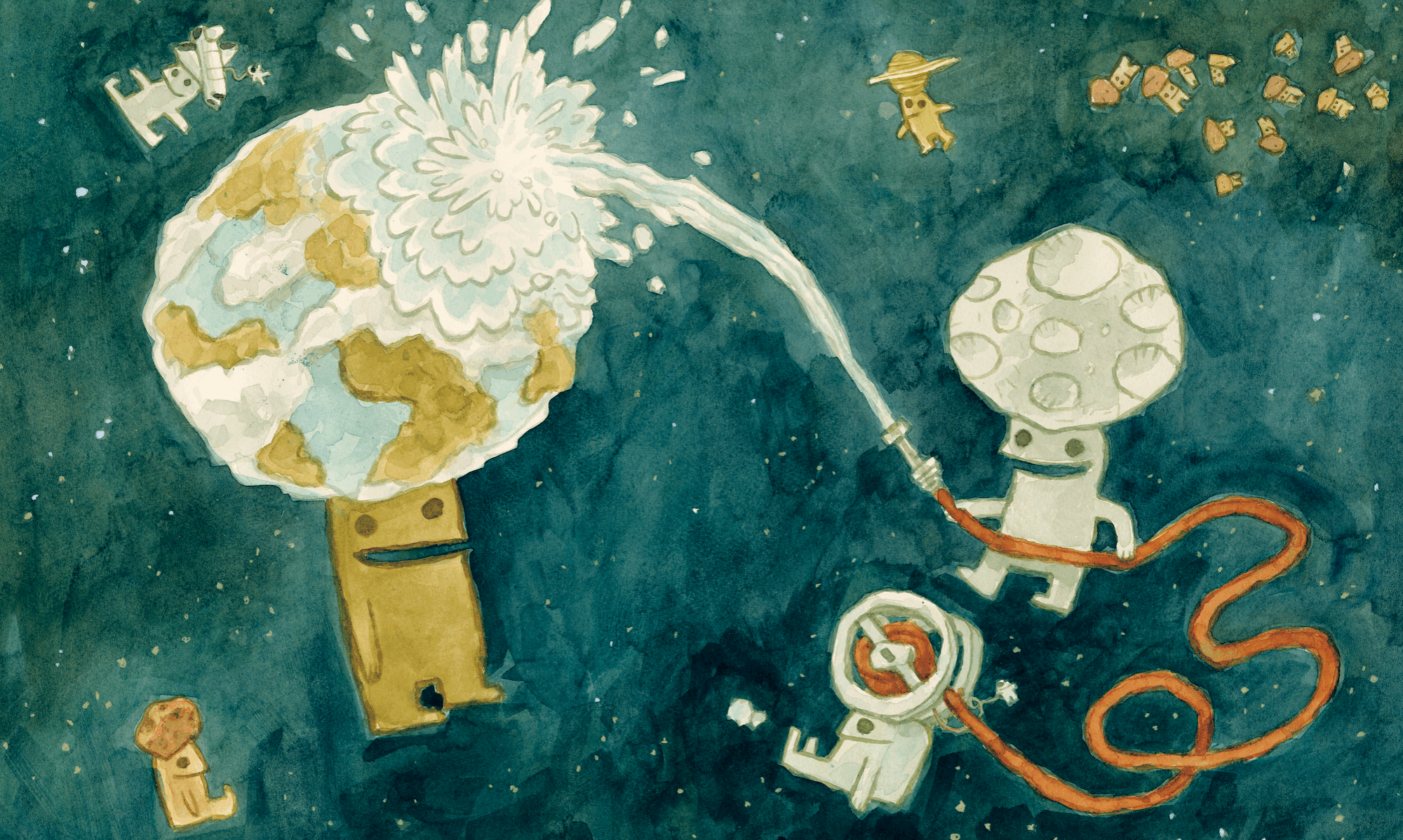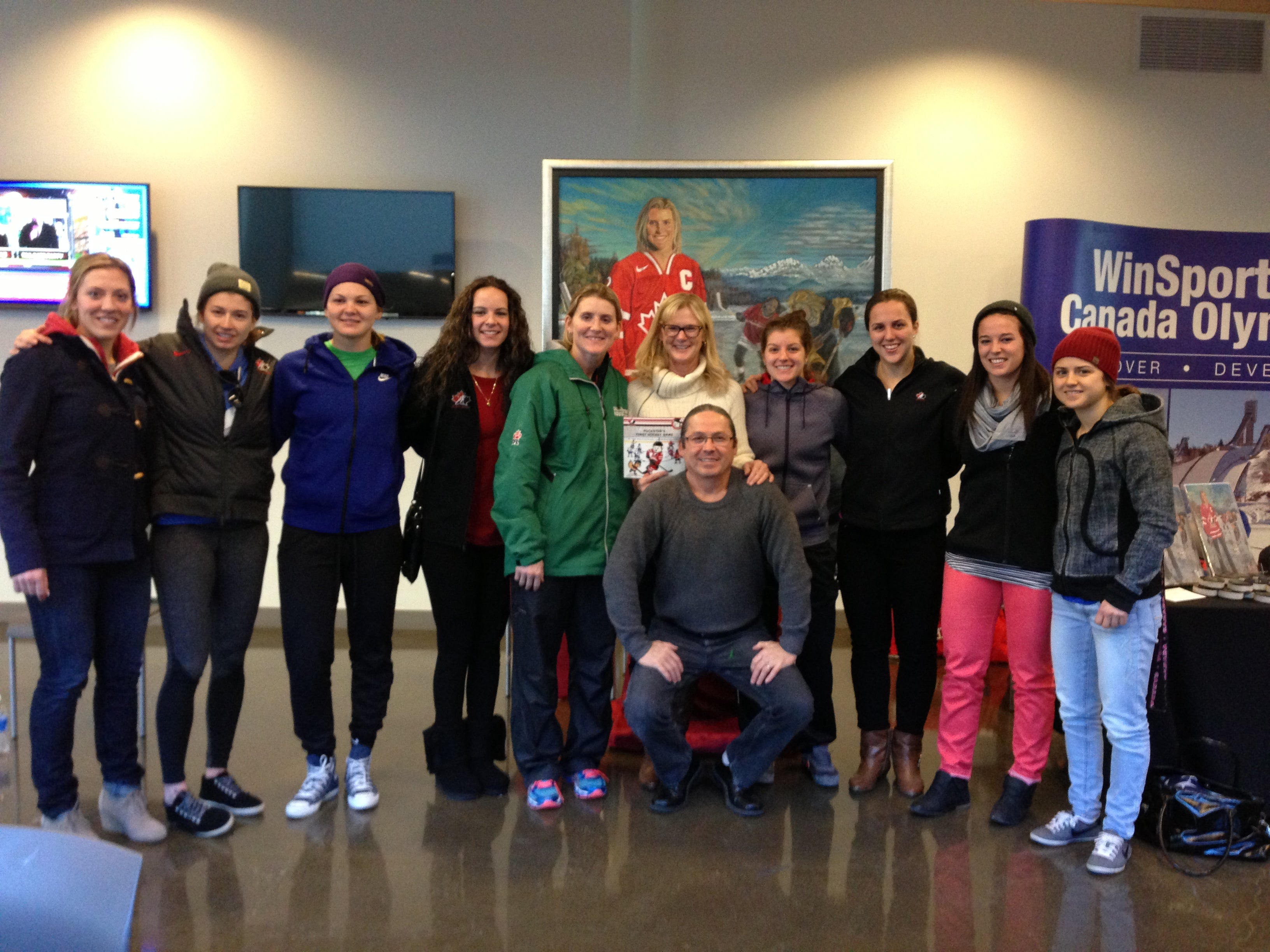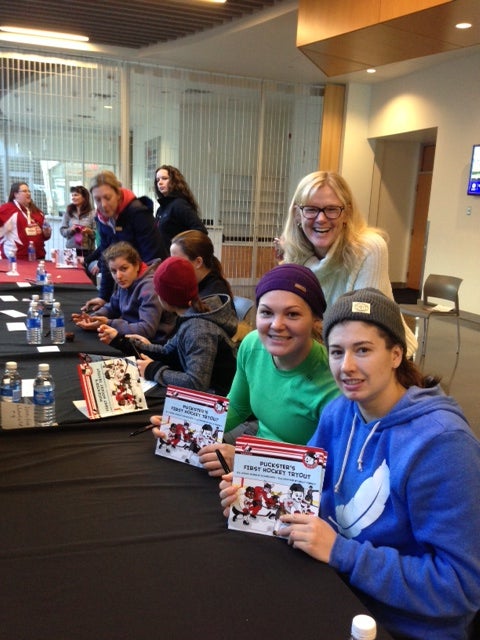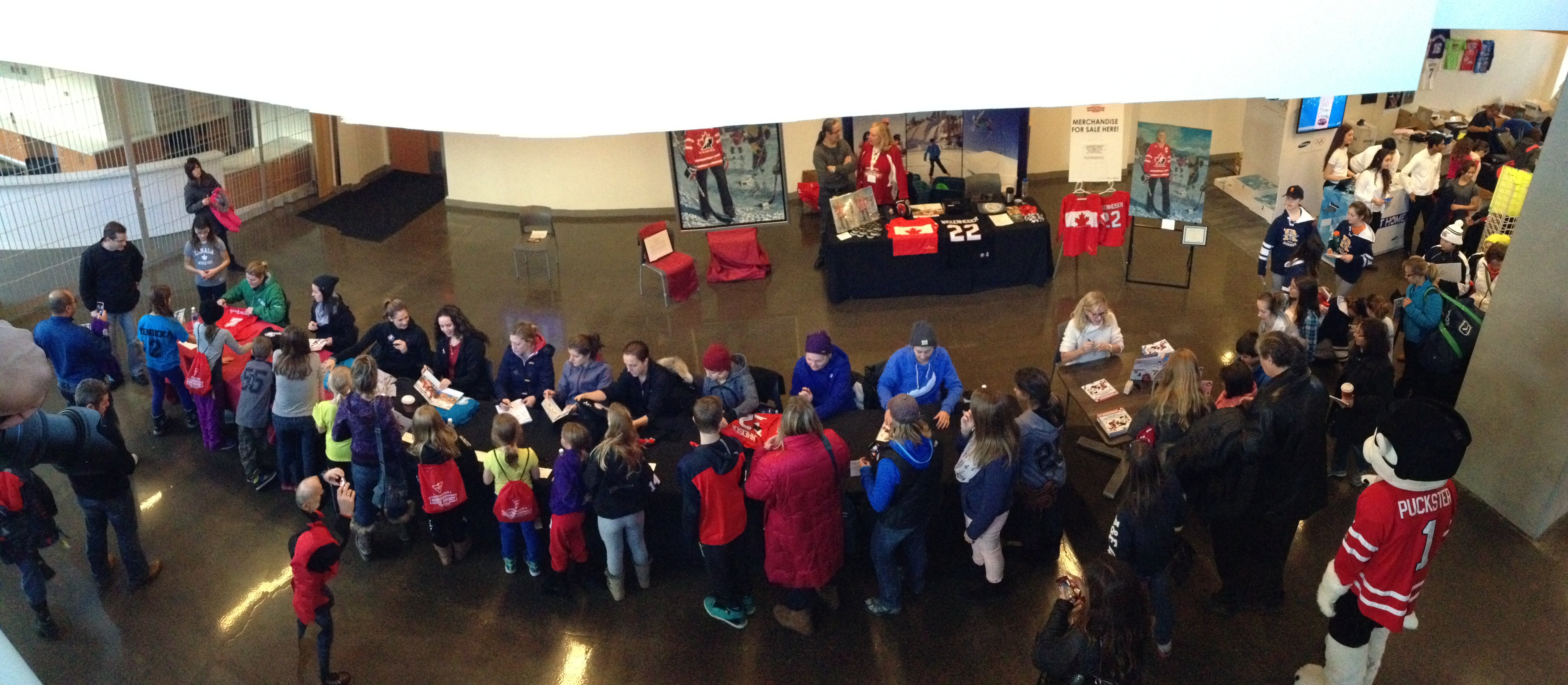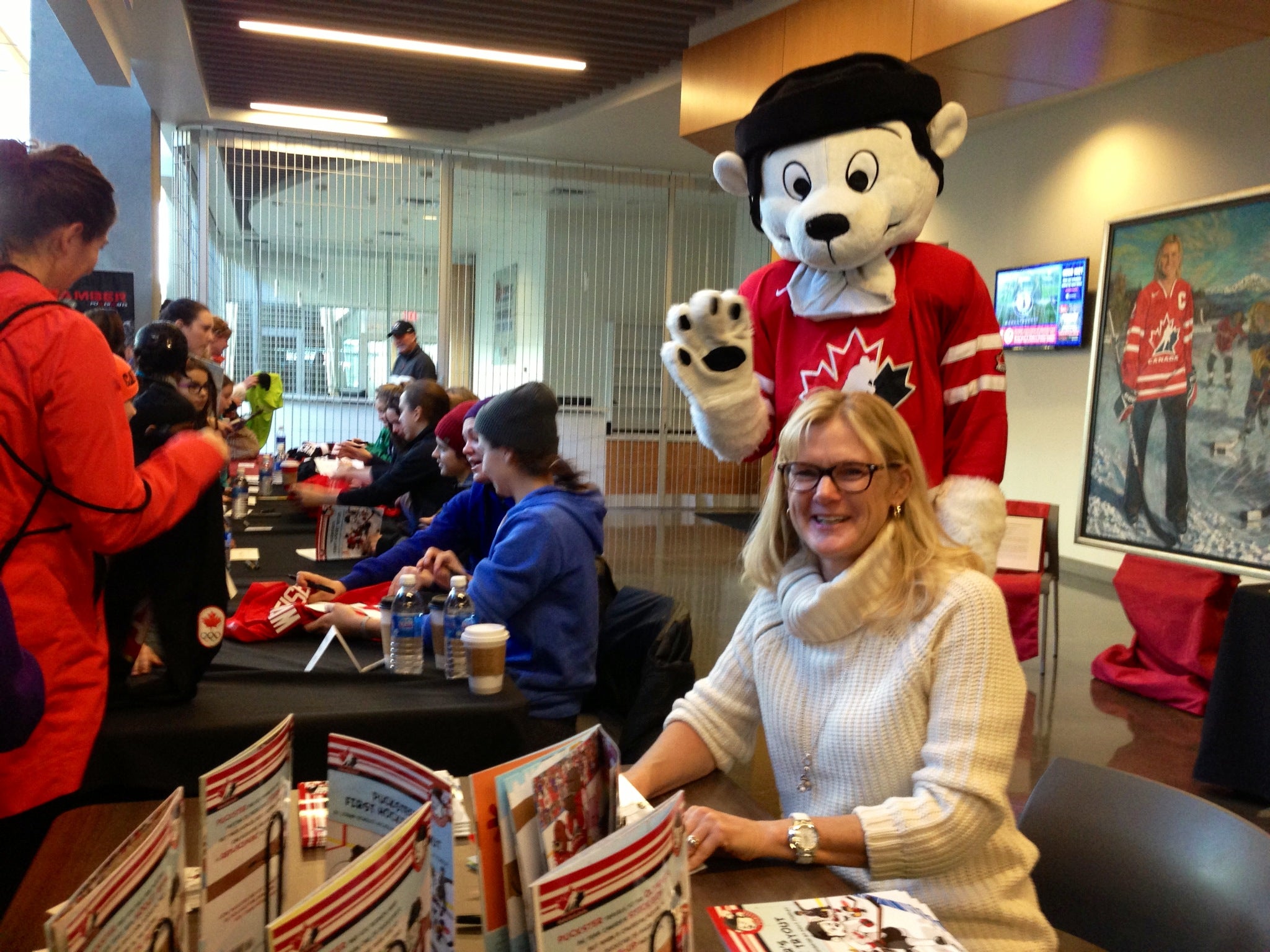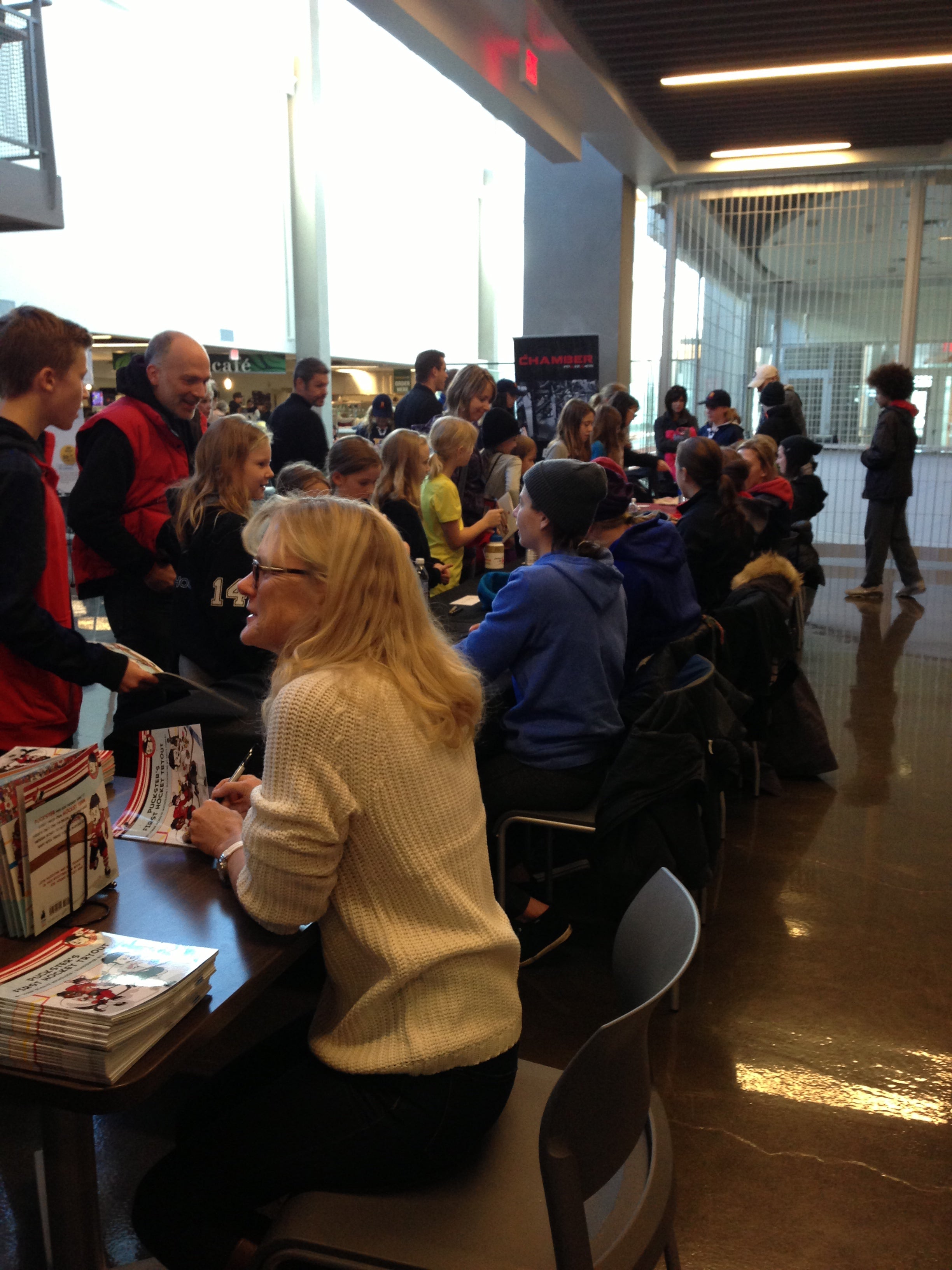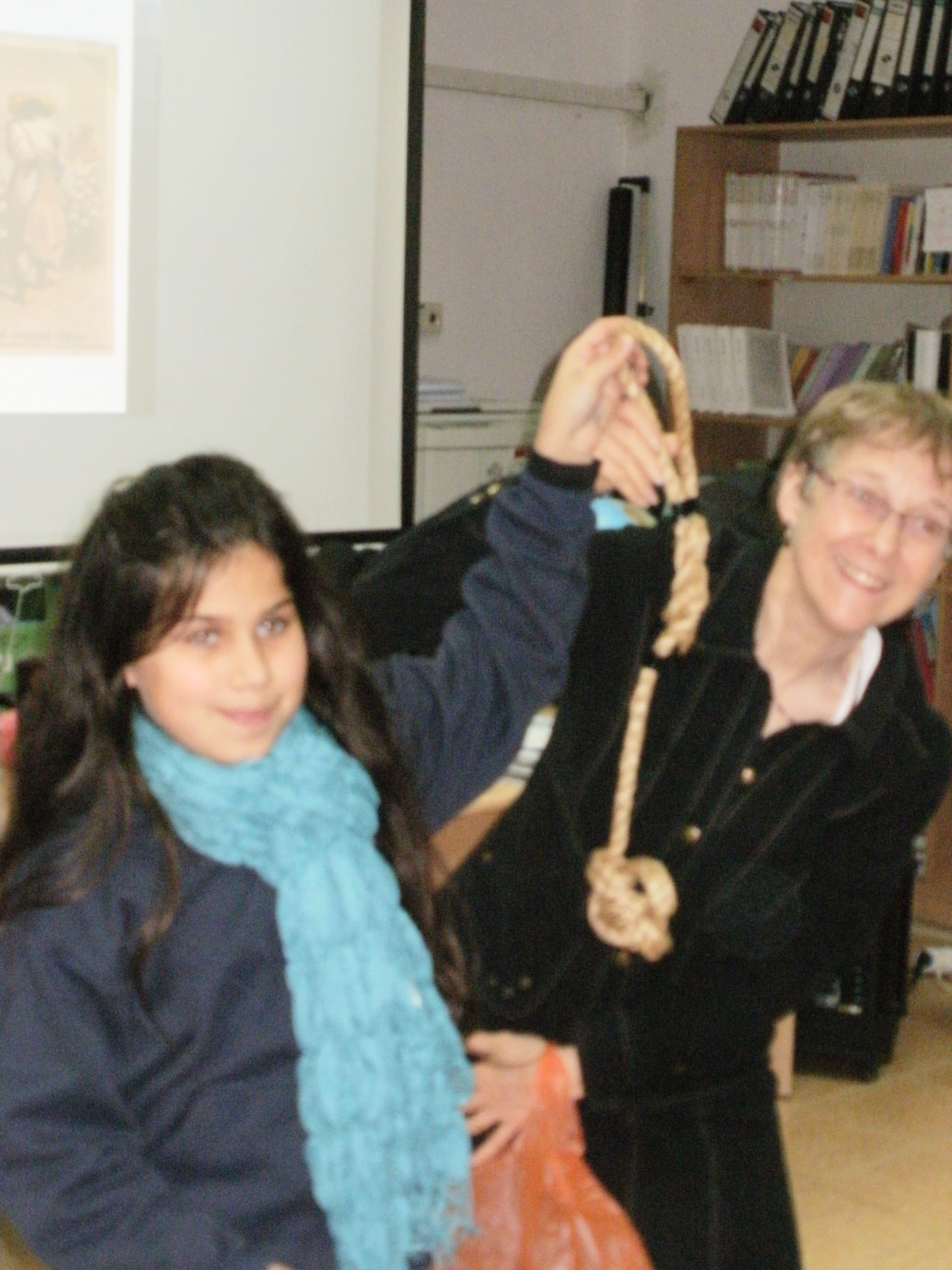Hello! We’re so happy to have Sarah Essak here at Tundra. She’s been working behind the scenes in editorial with us. You’ll find her reading manuscripts, writing reports, and lending a helping hand with a smile. We wouldn’t have had such a smooth sales conference this week without her. Some of her out-of-the-ordinary tasks included making newspaper hats and filling tubs with cotton candy for our reps to enjoy. We thought you’d like to hear from her today!
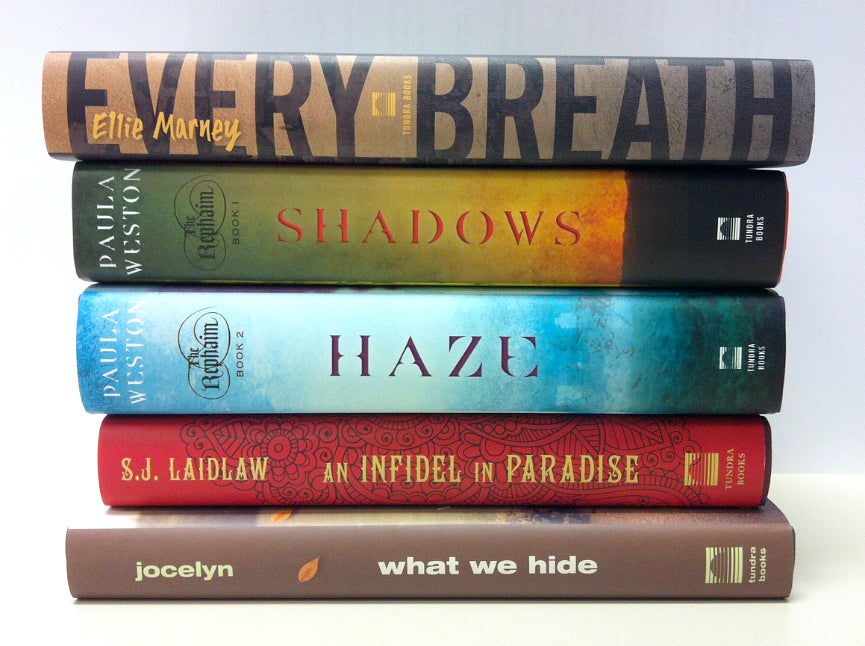 Sarah Essak: About a month ago, I ran into a fellow intern in the shared kitchen. I told her I needed to take a brief break because the manuscript I was reading was getting too intense. She looked at me strangely and said “but you work at Tundra.” It took me a moment to work out what she meant. Oh. Right. YA books aren’t meant to affect you the same way as high literature. My friend is by no means the first person to think that. I myself have been guilty of judging readers based on what is in their hands. But after working at Tundra for three months, I’ve read multiple manuscripts that will stay with me for a long time to come. And these are manuscripts. I can’t wait to see what the editors here will do for the books that left me heartbroken, laughing out loud, and drooling for more in their roughest form.
Sarah Essak: About a month ago, I ran into a fellow intern in the shared kitchen. I told her I needed to take a brief break because the manuscript I was reading was getting too intense. She looked at me strangely and said “but you work at Tundra.” It took me a moment to work out what she meant. Oh. Right. YA books aren’t meant to affect you the same way as high literature. My friend is by no means the first person to think that. I myself have been guilty of judging readers based on what is in their hands. But after working at Tundra for three months, I’ve read multiple manuscripts that will stay with me for a long time to come. And these are manuscripts. I can’t wait to see what the editors here will do for the books that left me heartbroken, laughing out loud, and drooling for more in their roughest form.
In literary circles and in the eyes of the general public, there is this pervasive thought that YA books are not worth the time and attention of mature readers. In fact, YA as a genre is often scoffed at, and those who advocate for it open themselves up to mockery. Have we forgotten about coming-of-age novels such as Great Expectations, The Catcher in the Rye, The Outsiders, The Diary of Anne Frank, and Oliver Twist? And what is YA if not stories about coming of age? There are stories to be told, for what time in our lives is more earth-shatteringly complex than when we are teenagers, learning who we are and what the world is like?
Perhaps we are in a time where YA novels have hit a trend that some find “fluffy,” but much of adult literature is in the same situation. That is not to say it is bad, but it is to say that there is a wide variety of work out there. So, I’d like to piggyback on a well-known proverb and say, don’t judge a book by its genre. In the words of the almighty Atwood: “There is good and mediocre writing within every genre.” Pick up a YA book; you might just be surprised by what you find.
